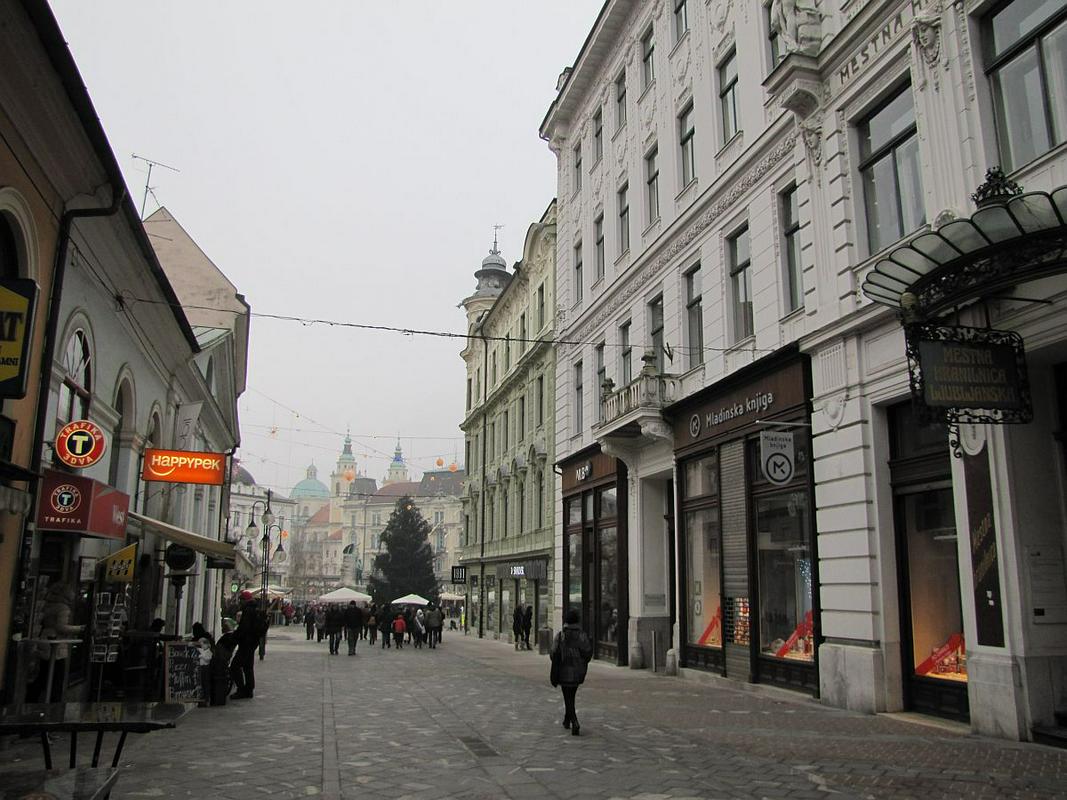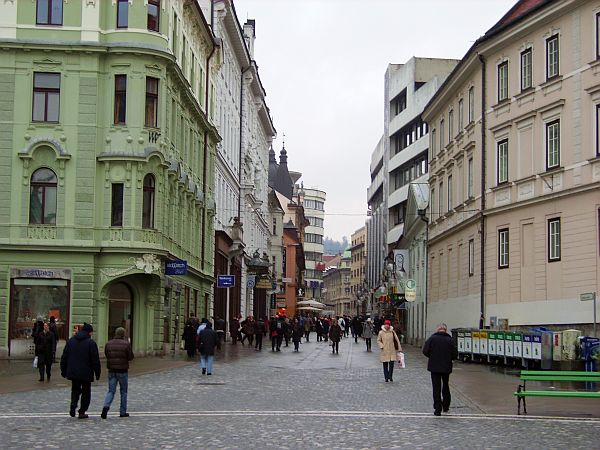

.
This is what was behind the decision to select those verses of the greatest Slovenian poet France Prešeren, which in addition to the profound substantive message also denote Slovenian statehood. As a place of constitutional siognificance and the country’s capital city, Ljubljana definitely calls for suitable symbolic representation in the urban area. We believe that in this way too, we can contribute to raising awareness of the capital's public spaces as a representative space for all citizens, and thereby upgrade the cultural and linking role of the city, which should go beyond the role of political and administrative centre of the country. In contrast to other state symbols, the selected seventh stanza (national anthem) is the very state symbol with which the majority of citizens can identify.
The message of serenity and peace in the Slovenian national anthem is universal and all-embracing; in addition to bringing together all Slovenians and citizens of the Republic of Slovenia, it also addresses and brings together other visitors to the city.
With its systematic expansion of pedestrian zones to renovated streets and squares as well as through the comprehensive renovation of the river banks with new bridges, the city of Ljubljana ranks among those European cities that are aware of the importance of quality public urban areas for the democratic life of the city. Well-arranged and maintained urban space that is open to everyone at all times is a quality that makes common life in cities more pleasant and represents the ideal of an open and democratic society. The reasoning behind the prestigious biennial prize – the European Prize for Urban Public Space, intended to encourage the creation, revitalisation and improvement of public space – won by Ljubljana in 2012, stated that the condition of public space is a good indicator of the healthy development of society and urban management.
Čopova street is also part of Ljubljana's famous promenade connecting the old town with the central Tivoli Park. During the post-earthquake reconstruction of the city, architect Maks Fabiani placed Prešeren's monument at the end of the street, thereby creating a cityscape that epitomises views of the city. In planning the comprehensive renovation, the place from which this symbol first comes into view seemed the most appropriate place to be commemorated with the poet's verses, so as to connect it experientially and substantively to the square and its monument. Furthermore, this is one of the most popular meeting points in the city, and the street itself is one of the most famous urban areas in the whole country.
Rok Žnidaršič, Architect, SINFO

































































